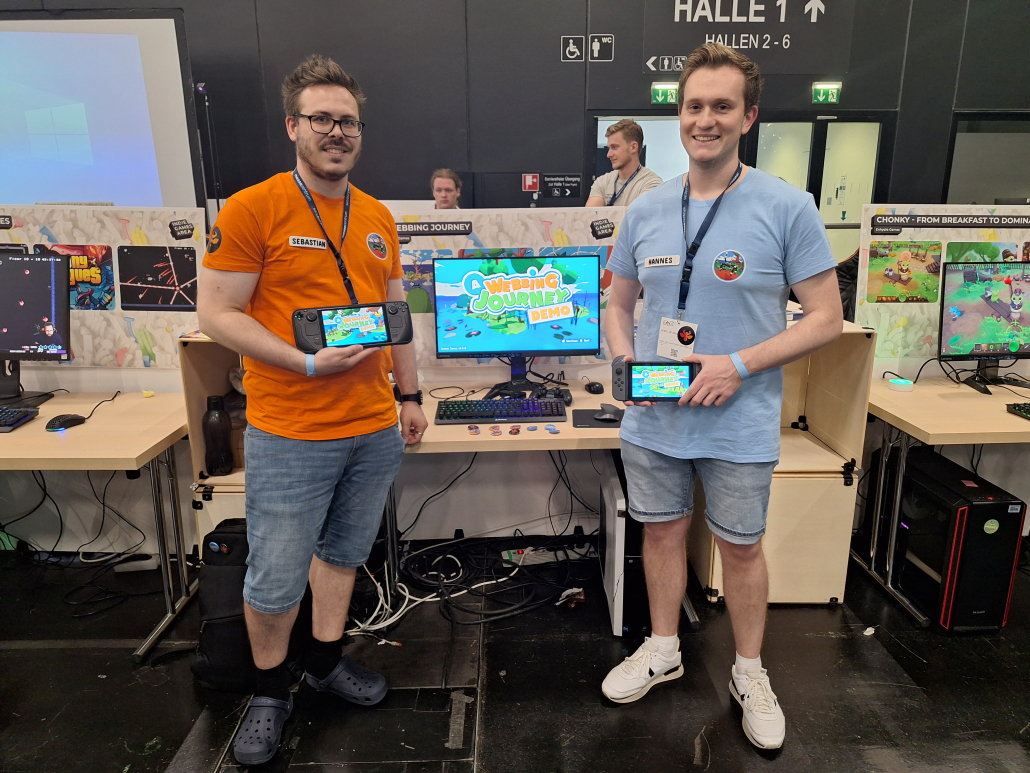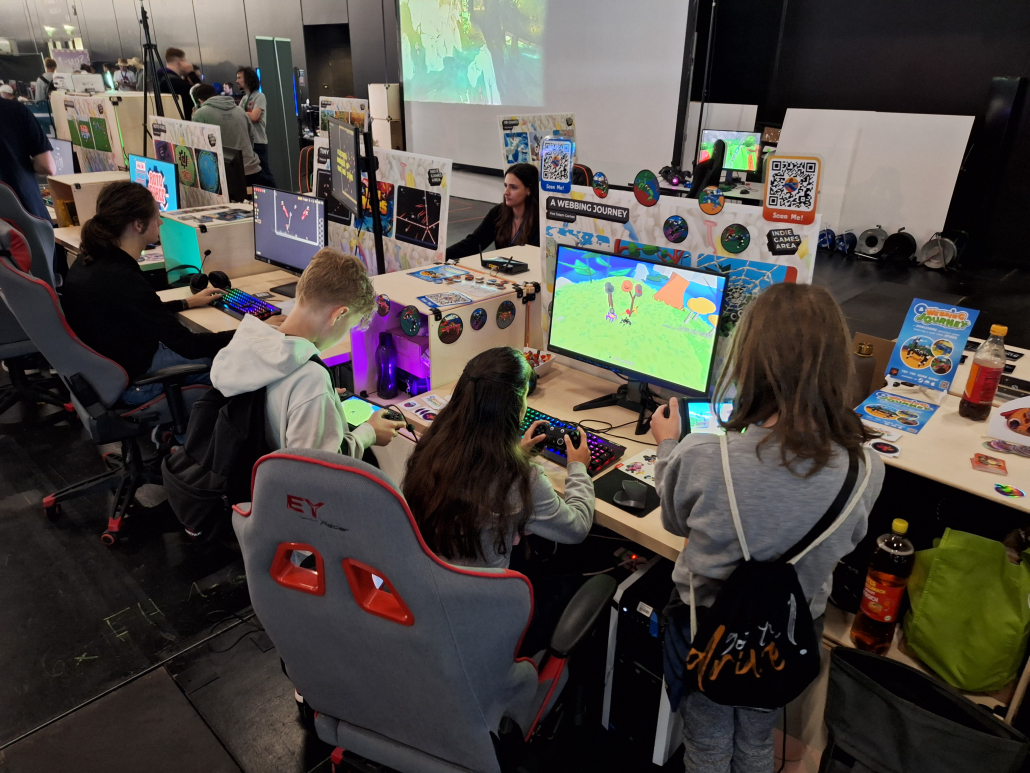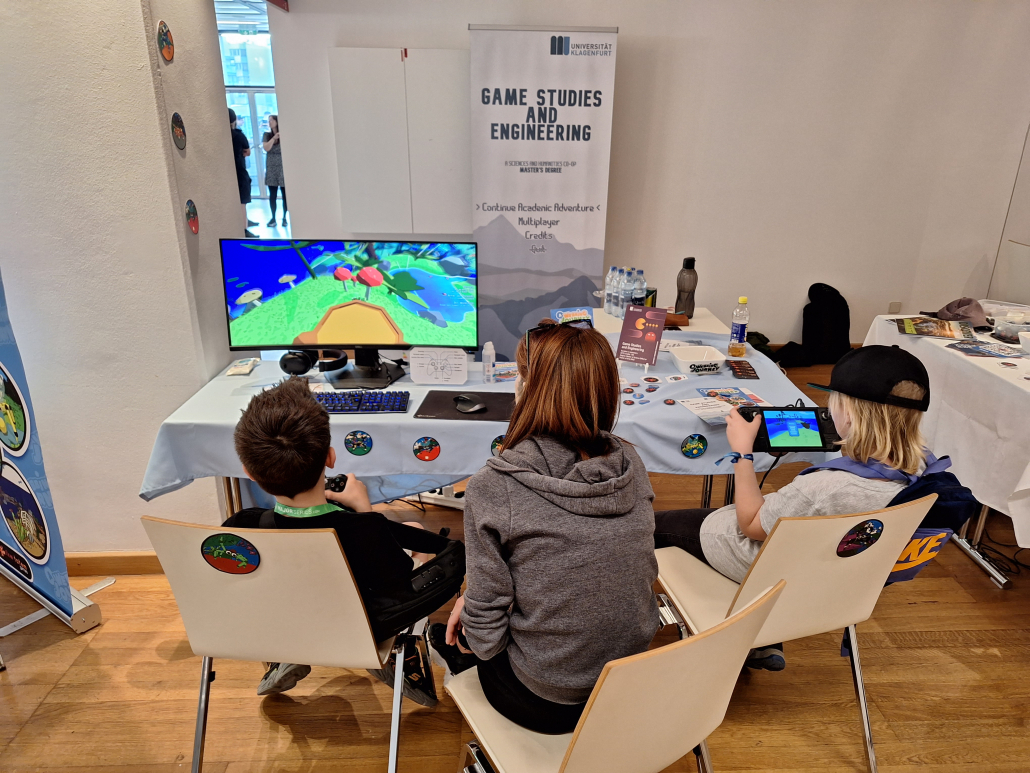Title: Beyond von Neumann in the Computing Continuum: Architectures, Applications, and Future Directions
Authors: Kimovski, Dragi; Saurabh, Nishant; Jansen, Matthijs; Aral, Atakan; Al-Dulaimy, Auday; Bondi, Andre; Galletta, Antonino; Papadopoulos, Alessandro; Iosup, Alexandru; Prodan, Radu
Abstract: The article discusses the emerging non-von Neumann computer architectures and their integration in the computing continuum for supporting modern distributed applications, including artificial intelligence, big data, and scientific computing. It provides a detailed summary of the available and emerging non-von Neumann architectures, which range from power-efficient single-board accelerators to quantum and neuromorphic computers. Furthermore, it explores their potential benefits for revolutionizing data processing and analysis in various societal, science, and industry fields. The paper provides a detailed analysis of the most widely used class of distributed applications and discusses the difficulties in their execution over the computing continuum, including communication, interoperability, orchestration, and sustainability issues.


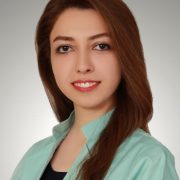
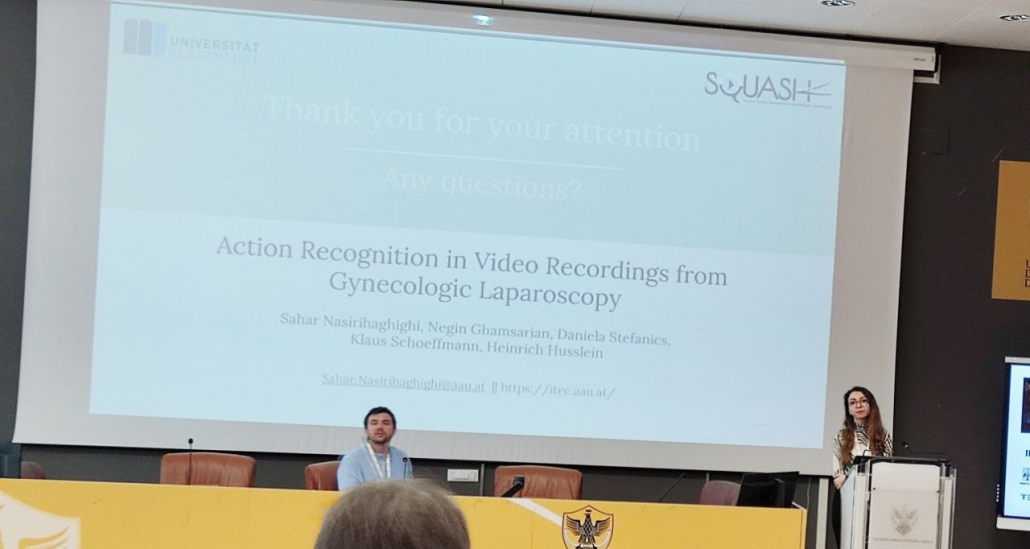
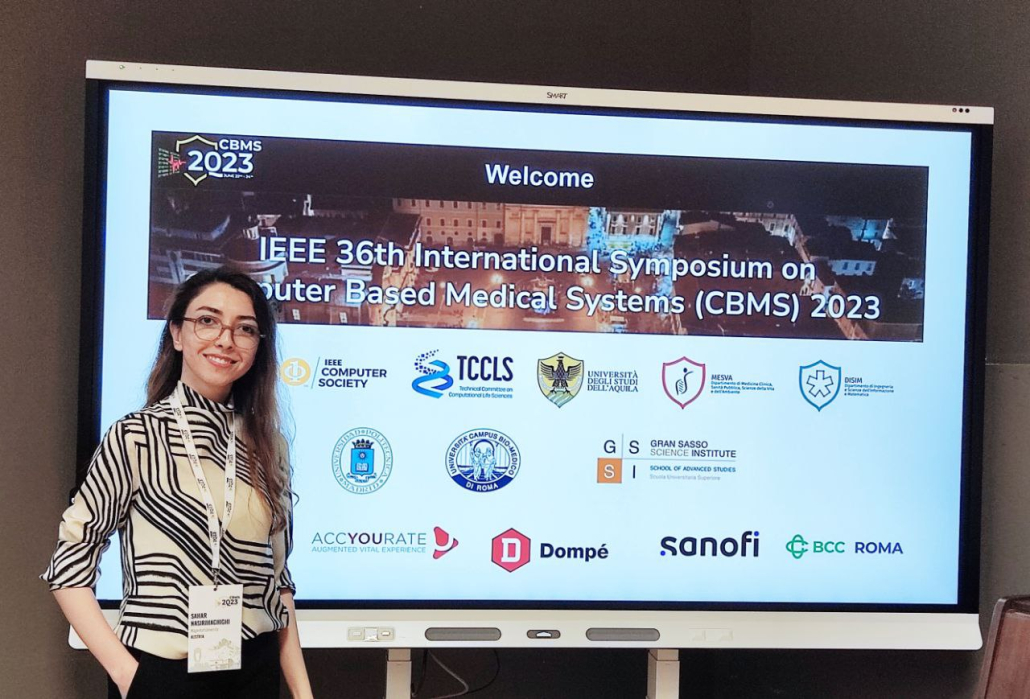


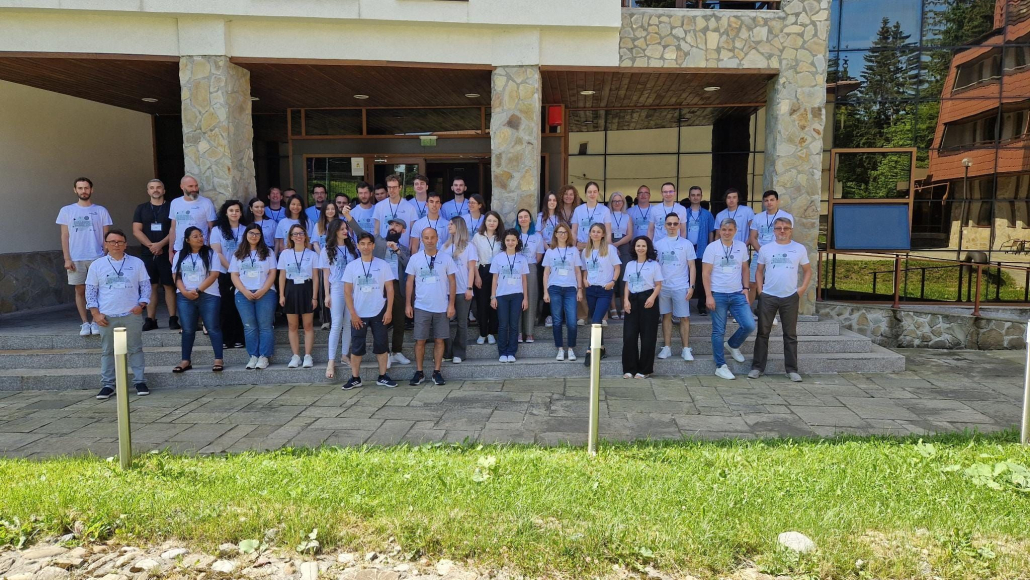

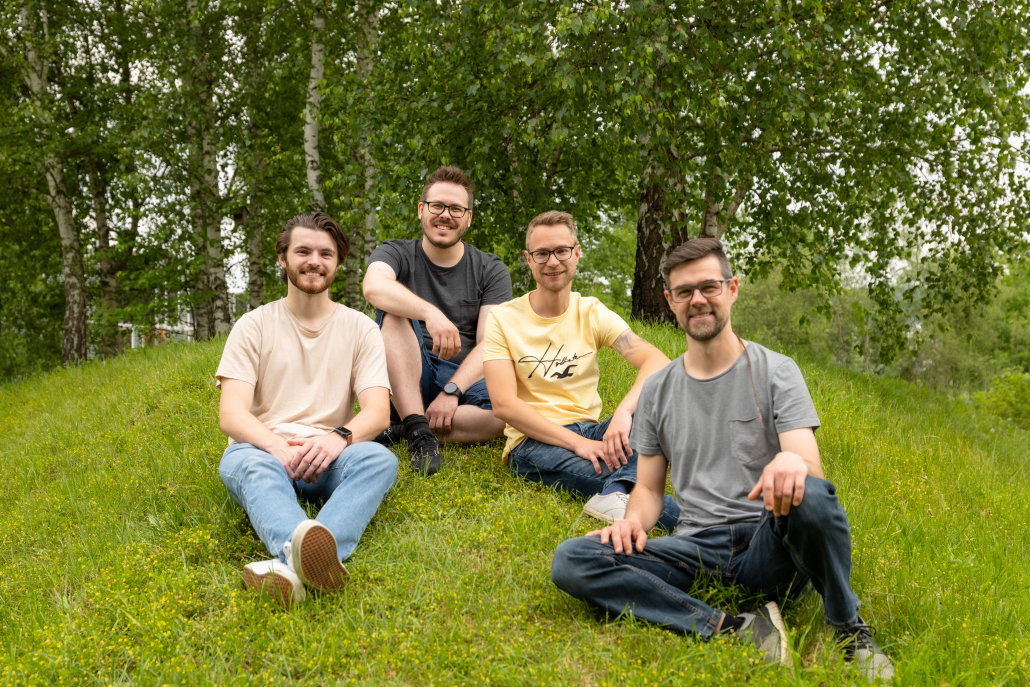 We are thrilled to announce the official launch of Fire Totem Games GmbH, a dynamic and innovative game development company based in Austria. After years of dedicated work and passion, we are ready to set the gaming world ablaze with our creative endeavors.
We are thrilled to announce the official launch of Fire Totem Games GmbH, a dynamic and innovative game development company based in Austria. After years of dedicated work and passion, we are ready to set the gaming world ablaze with our creative endeavors.
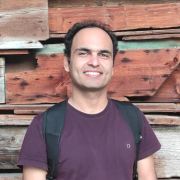

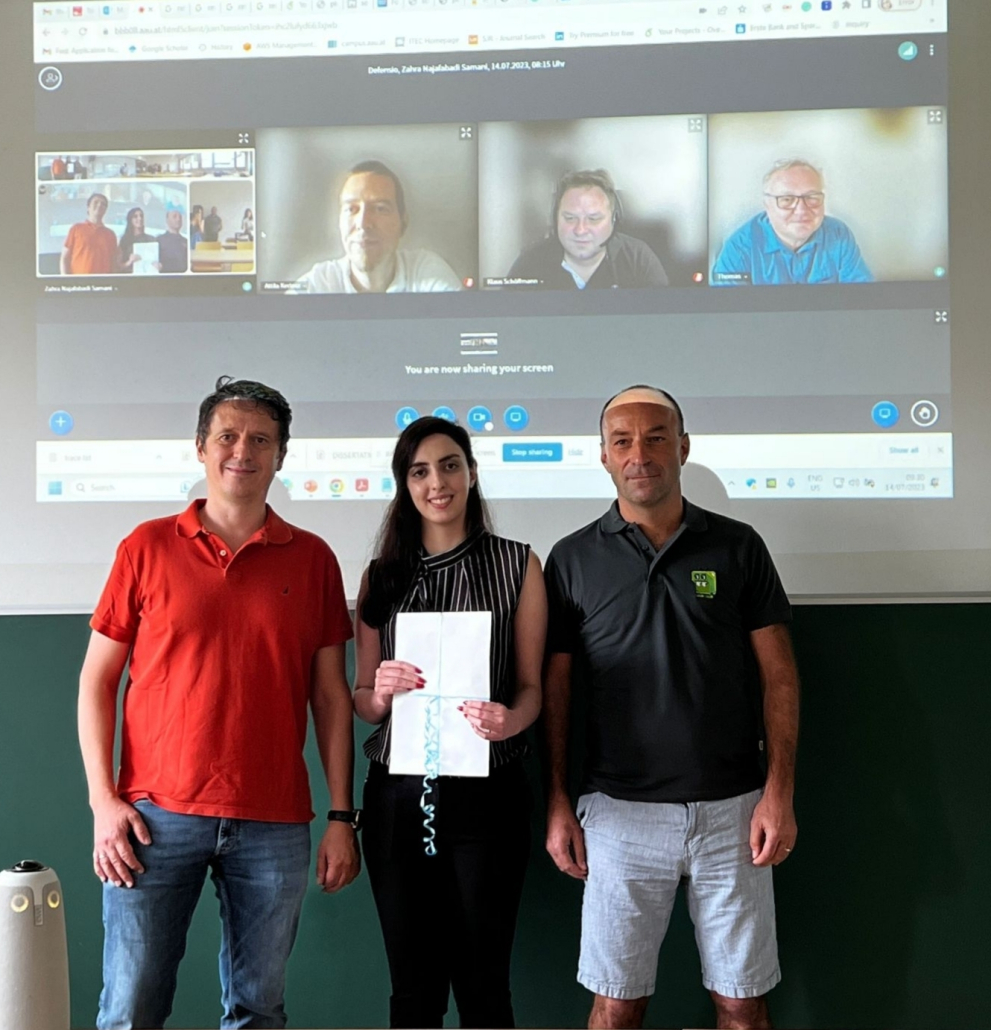 On 14.07.2023, Zahra Najafabadi Samani successfully defended her doctoral studies with the thesis on the title: “Resource-Aware Time-Critical Application Placement in the Computing Continuum” under the supervision of Prof. Radu Prodan and Assoc.-Prof. Dr. Klaus Schöffmann at ITEC. Her defense was chaired by Univ.-Prof. Dr. Christian Timmerer and examined by Univ.-Prof. Dr. Thomas Fahringer (Leopold Franzens-Universität Innsbruck, AT) and Assoc.-Prof. Dr. Attila Kertesz (University of Szeged, HU).
On 14.07.2023, Zahra Najafabadi Samani successfully defended her doctoral studies with the thesis on the title: “Resource-Aware Time-Critical Application Placement in the Computing Continuum” under the supervision of Prof. Radu Prodan and Assoc.-Prof. Dr. Klaus Schöffmann at ITEC. Her defense was chaired by Univ.-Prof. Dr. Christian Timmerer and examined by Univ.-Prof. Dr. Thomas Fahringer (Leopold Franzens-Universität Innsbruck, AT) and Assoc.-Prof. Dr. Attila Kertesz (University of Szeged, HU).